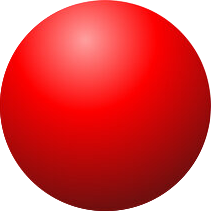Här skall skrivas infotext.
![]()
Info, referenser, m.m...
Show/hide R-code
Show/hide comments
Show/hide distribution
Show/hide random walk
![]()

![]()
![]()
![]()
51. The Quincunx – a classical tool
Illustrates the binomial distribution as well as a random walk

![]()
p
n
N
dt